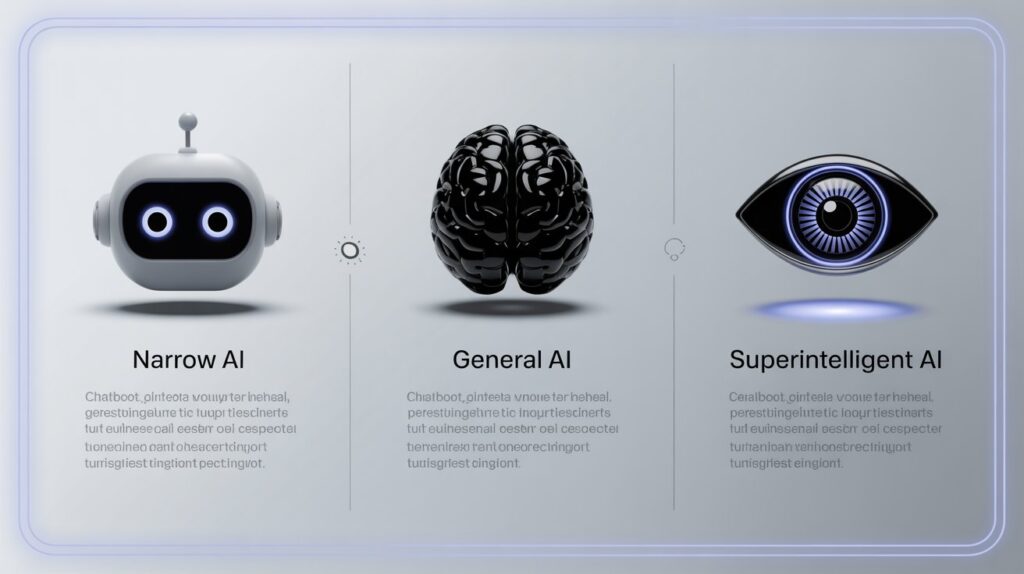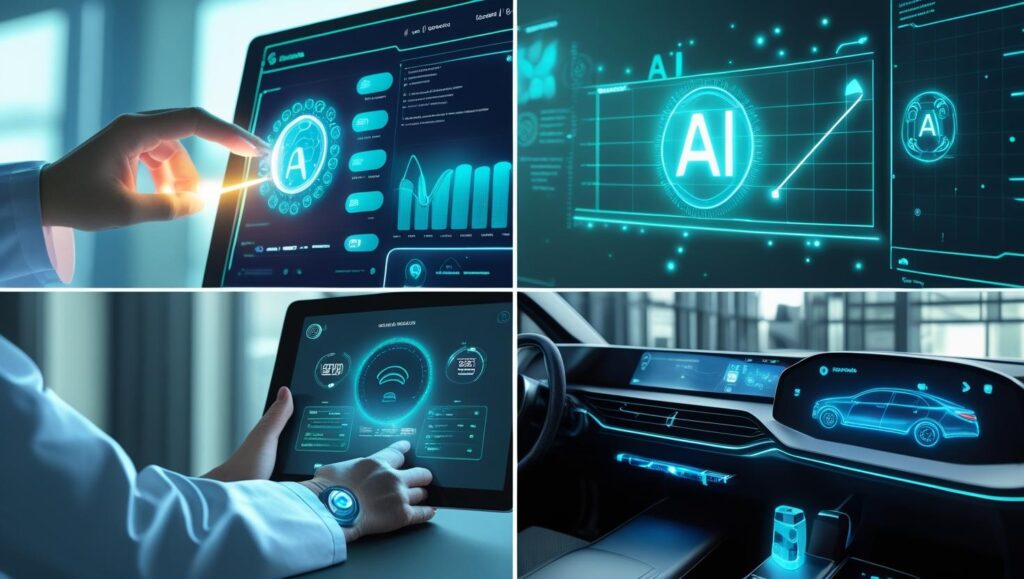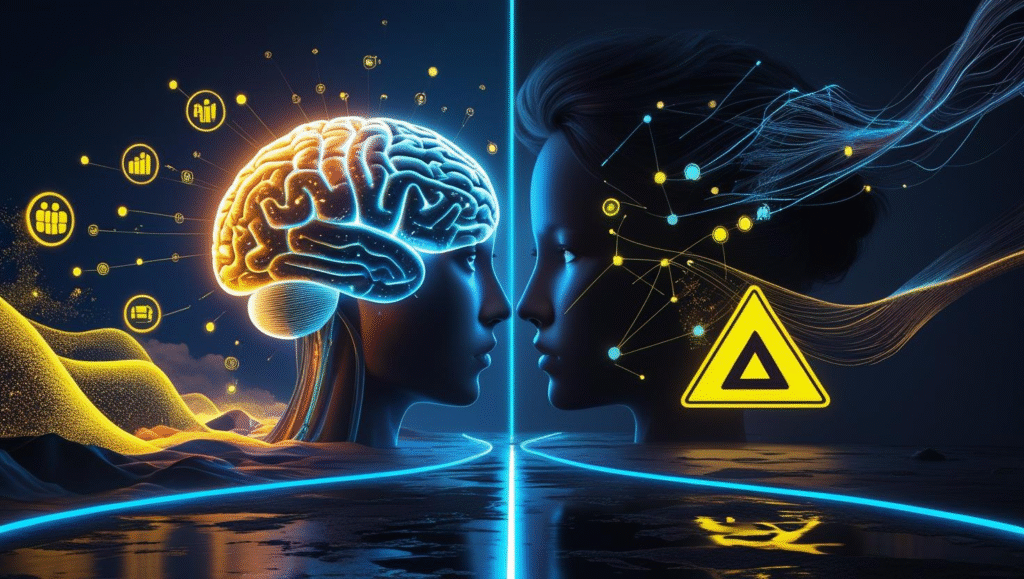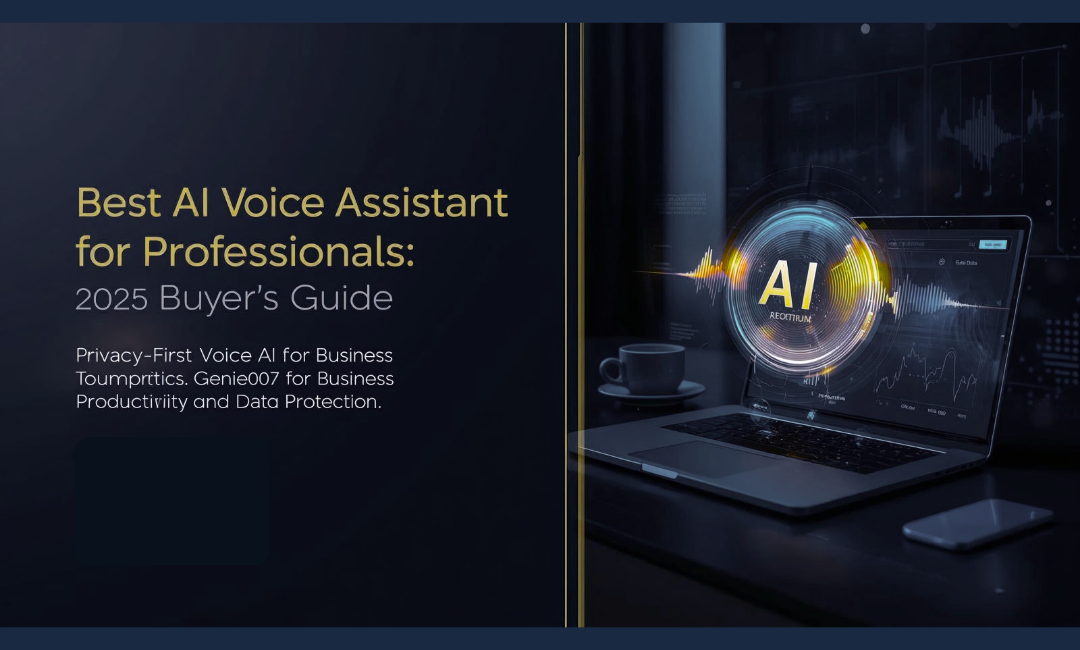Introduction
In today’s world, we hear the term “AI” almost every day. From voice assistants like Siri and Alexa to smart features on your phone or websites that recommend what to watch AI, short for Artificial Intelligence, is working quietly behind the scenes. But what exactly is AI? Is it a robot? Is it software? Is it dangerous or helpful?
This article breaks down the concept of AI in simple terms, so anyone can understand what it is, how it works, and why it matters.
What is AI?
AI, or Artificial Intelligence, is a type of computer technology that tries to copy how humans think and solve problems. It allows machines to “learn” from data, make decisions, recognize patterns, and perform tasks sometimes even better than humans.
For example, when Netflix recommends a show based on what you’ve watched before, that’s AI in action. When your phone corrects your spelling, or when Google Maps predicts traffic, that’s also AI.
In short, AI means giving machines the ability to act smart like a human would using data, logic, and rules.
A Short History of AI
The dream of intelligent machines isn’t new. The idea goes back to ancient myths of talking machines and mechanical beings. But modern AI began in the 1950s.
- In 1950, Alan Turing a British mathematician asked the famous question: “Can machines think?”
- In 1956, a group of scientists officially coined the term “Artificial Intelligence” at a workshop in Dartmouth College, USA.
- Through the 1970s–90s, progress slowed due to lack of computing power and data this was called the “AI winter.”
- In the 2010s, AI made a strong comeback thanks to big data, faster computers, and better algorithms.
Today, AI is a major part of our lives helping doctors, businesses, students, creators, and more.
Types of AI: Not All AI is the Same
AI isn’t just one kind of technology. Experts generally divide AI into three types:

Narrow AI (Weak AI)
This is the type of AI we use today. It’s designed for one specific task like recognizing faces, recommending content, or translating language. It’s fast and helpful, but can’t think beyond its role.
Examples:
- Google Search suggestions
- Spam filters in your email
- Chatbots on websites
General AI (Strong AI)
This is a more advanced form of AI one that doesn’t exist yet. General AI would think, reason, and learn like a human being across different areas. It could write poems, solve math problems, and play sports all with the same brain.
Super intelligent AI
This is a future possibility. Super AI would be smarter than the smartest human in every way. It could invent things, make perfect decisions, and change the world completely. Some experts believe this could be dangerous if not controlled properly.
Understanding Machine Learning and Deep Learning
Artificial Intelligence is a broad field, but two of its most important parts are Machine Learning (ML) and Deep Learning (DL).
What is Machine Learning?
Machine learning is the part of AI where machines learn from data without being directly programmed. Instead of writing instructions for every situation, developers train the system using examples. It’s like teaching a child by showing patterns, not just giving rules.
For example, instead of writing a rule like “if a message contains the word ‘free’, mark it as spam”, a machine learning model looks at thousands of real emails and learns the patterns that usually mean spam.
Machine learning is used in:
- Fraud detection in banking
- Email spam filters
- Product recommendations on shopping sites
- Predicting what videos you’ll like on YouTube
What is Deep Learning?
Deep learning is a type of machine learning that uses large neural networks inspired by the human brain. These networks are made up of layers that process information and learn very complex patterns.
Deep learning is what powers:
- Voice assistants like Siri and Google Assistant
- Facial recognition on your phone
- Self driving cars
- Advanced image and speech recognition
Deep learning requires huge amounts of data and powerful computers, but it can solve tasks that were impossible just a few years ago.
What is Generative AI?
One of the most exciting developments in recent years is Generative AI a type of AI that doesn’t just understand information but actually creates new content.

Generative AI models are trained to produce text, images, music, code, and more. They “learn” by analyzing billions of examples and then use that knowledge to generate something new.
Examples of Generative AI:
- ChatGPT: Generates human like responses in chat format.
- DALL·E: Creates images based on written descriptions.
- Midjourney: Turns text prompts into stunning visuals.
- Jasper: Writes blog posts, emails, and marketing copy.
Generative AI is used by:
- Content creators to write faster
- Designers to create mockups
- Students for drafting essays
- Businesses to automate emails and reports
It’s one of the most powerful and controversial types of AI, as it can blur the line between human and machine creativity.
Real Life Applications of AI
AI is no longer just something for scientists and tech companies. It’s being used in almost every field making things smarter, faster, and more efficient.
In Healthcare:
- Diagnosing diseases from scans
- Predicting patient risks
- Managing hospital operations
In Finance:
- Detecting fraud in transactions
- Automating customer service chats
- Managing investment portfolios with AI bots
In Retail:
- Product recommendations (like Amazon)
- Personalized ads and emails
- AI powered chatbots for support
In Transportation:
- Self driving car technology
- Traffic prediction and route planning
- Managing large fleets of vehicles
In Education:
- AI tutors that help with homework
- Tools that grade essays automatically
- Personalized learning apps based on student needs
In Everyday Life:
- Voice assistants like Alexa, Google Assistant
- Smart cameras and doorbells
- Email writing tools like Grammarly and ChatGPT

As you can see, AI is everywhere, making life easier and businesses more productive.
Benefits of AI: Why It Matters
Artificial Intelligence brings major advantages to businesses, governments, and individuals. Here’s why it’s gaining so much popularity:
1. Speed and Efficiency
AI can handle huge amounts of data and complete tasks faster than any human. Whether it’s sorting emails or analyzing financial reports, AI does it quickly and accurately.
2. 24/7 Availability
AI powered systems don’t need breaks, sleep, or holidays. They can work round the clock, which makes them perfect for customer support, monitoring, and security.
3. Better Decision Making
AI can analyze complex data and give real time insights. This helps doctors, marketers, engineers, and business leaders make smarter, data driven decisions.
4. Personalization
AI is what allows Netflix to suggest shows you might like or Amazon to recommend the perfect product. It learns from your behavior and creates customized experiences.
5. Cost Savings
Though AI can be expensive to implement at first, it can lead to huge savings over time by automating tasks, reducing errors, and increasing productivity.
Challenges and Risks of A
As powerful as AI is, it also brings serious challenges. It’s important to be aware of these so we can use the technology responsibly.
1. Job Loss and Automation
One of the biggest concerns is that AI may replace human workers in many jobs especially repetitive ones like data entry, customer service, or factory work.
Some experts argue that while AI will remove some jobs, it will also create new ones. Still, workers will need new skills to stay relevant.
2. Bias in AI
AI systems learn from data and if that data includes bias, the AI can reflect or even amplify it. This has led to unfair decisions in hiring, policing, and lending.
3. Privacy and Security
AI systems can collect and analyze personal data. Without strong privacy laws, this could lead to misuse of sensitive information or surveillance.
4. Dependence on Technology
Over relying on AI could reduce critical thinking and creativity. It’s important to see AI as a tool not a replacement for human judgment.
5. Ethical and Legal Concerns
Who is responsible if an AI makes a mistake? Can AI be trusted to make life and death decisions, like in self driving cars or healthcare? These questions don’t have clear answers yet.

The Future of AI
The future of AI is both exciting and unpredictable. Here are a few things experts expect to see:
- Smarter AI tools in every industry
- More ethical AI frameworks to manage safety and fairness
- Increased collaboration between humans and AI
- AI embedded in daily life, from smart homes to wearable tech
- New laws and regulations to protect users and guide developers
So, what is AI? It’s not just robots or science fiction. It’s a powerful technology already shaping the way we live, work, and connect. From machine learning and generative AI to real world applications in medicine, education, and finance, artificial intelligence is everywhere and growing fast.
But like any tool, AI must be used wisely. It’s up to all of us developers, governments, businesses, and everyday users to use AI ethically and responsibly.
As AI continues to evolve, the best way to stay ahead is to stay informed. Whether you’re a student, creator, business owner, or just curious understanding AI is no longer optional. It’s part of the future, and the future is already here.







